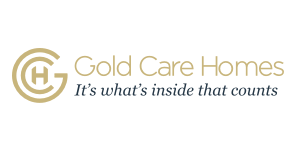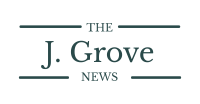To convey the customized care framed already, it is fundamental that our medical services labor force have applicable abilities and explicit preparation across all disciplines. Here we will examine where headway has been made in guaranteeing that clinicians have the fitting abilities to focus on the care home populace, and set out where we accept work is as yet required. Choose and visit website correctly for the information you need. This part doesn’t address guaranteeing that non-clinical staff working in care homes have suitable abilities. The BGS’s skill is restricted to clinical partners and this is where we certainly stand out. Different associations are better put to remark on how a more extensive care home labor force ought to be created.
The starting points of center skills for medical attendants working in care homes have been distributed
Comparative center skills have not yet been created for specialists or different experts making up the center MDT. For specialists, all things considered, none of the current preparation programs in essential care, geriatric medication, advanced age psychiatry, inner medication, or restoration completely cover the scope of capabilities expected of a care home specialist. Different nations have created center skills, licenses, and confirmation for specialists giving long haul care in care homes, and preparing suppliers and controllers, including Royal Colleges, the Joint Royal College of Physicians Training Board ( JRCPTB), and the General Medical Council (GMC) in the UK ought to consider copying these.

Giving clinic style care in care homes
As we center more around guaranteeing that individuals get the right care perfectly positioned, where conceivable intense care needs ought to be conveyed in the care home, limiting the requirement for the occupant to go to a medical clinic except if to their greatest advantage. This part investigates the improvement of ‘extensivity’ ways to deal with medical services in care homes – giving all-encompassing care to occupants and overcoming any issues that have generally existed among essential and optional care. These methodologies have created geological pockets during the pandemic and could lastingly affect the nature of care conveyed in care homes from here on out. For instance:
- Intravenous or subcutaneous liquids could be utilized to give hydration support while inhabitants get treatment to switch decreased consumption related to hypoactive ridiculousness. While some care homes now give subcutaneous liquids, it is considerably less normal to have intravenous liquids directed in care homes.
- Oxygen treatment could be utilized in situ, or to work with early release from the emergency clinic, with regards to intense respiratory lot contaminations.
- Remote checking could be utilized as an assistant to delicate clinical signs to empower care home staff to look for prior guidance for occupants in danger of crumbling or even to set off proactive appraisal via care home MDTs.
- Purpose in care testing could be utilized with regards to winter respiratory or gastrointestinal disease episodes to recognize causative microorganisms and guide treatment prophylaxis in an opportune manner. Every one of these lengthy jobs, in any case, accompanies asset suggestions for care homes and medical services suppliers. During the pandemic, they have been upheld by a mix of additional care home staffing financing through Infection Control Funding (ICF) awards, and extra in-arrive at work from NHS staff. For both staff gatherings, this implied redistribution from different errands to which they will return once the pandemic is finished. Assuming such methodologies are to be executed from now on, they should be sufficiently supported and resourced – with thoughtfulness regarding the damage brought about by redirecting staff from routine exercises.
